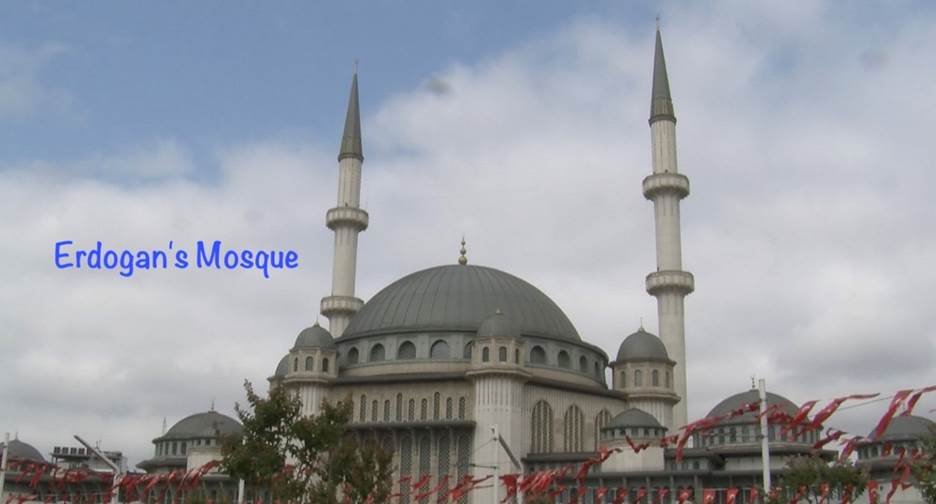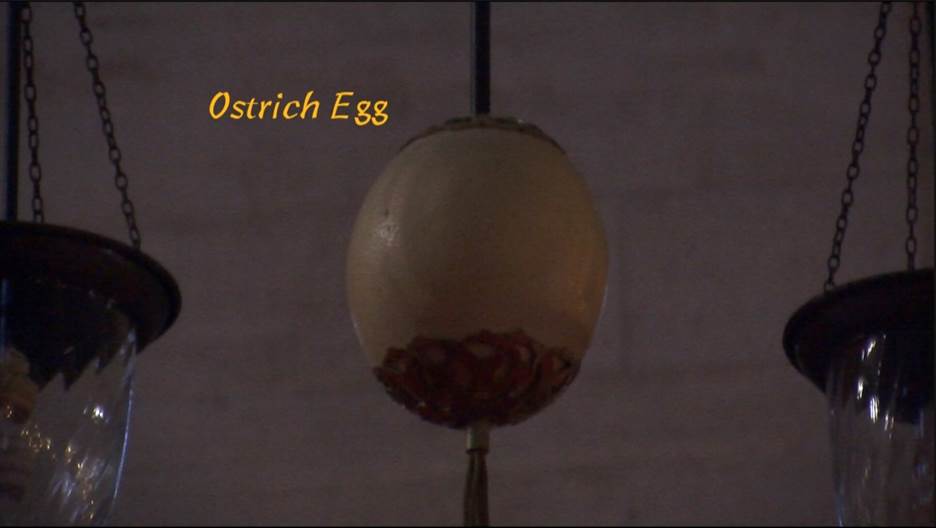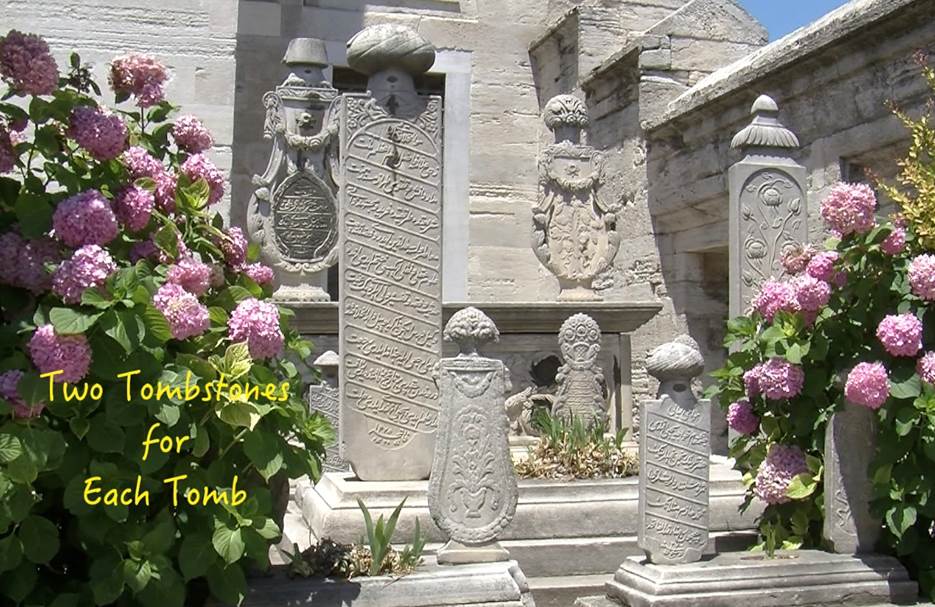
Suleymanya Mosque Complex in Istanbul
By Dr Khalid Siddiqui
Ohio

Any tourist arriving in Istanbul visits, at the minimum, three monuments - Blue Mosque, Hagia Sophia and Suleymanya Mosque. Suleymanya Mosque was built by Mimar ( معمار ) Sinan in 1557 during the reign of Suleyman the Magnificent. The mosque is impressive architecturally as well as aesthetically. There are few lesser-known but interesting, items in and around the Mosque which are often missed by a casual visitor.
Ostrich Eggs: Sinan had placed 300 ostrich eggs hanging from the ceiling in between the lamps. They could easily be missed as decoration pieces. Over the centuries most of the eggs have been stolen or broken but almost 30 have survived for almost 500 years! I found one.
Dried ostrich eggs emit an odor which humans can’t perceive but the spiders, scorpions and other insects find unbearable. So, these eggs were used to prevent the spiders from making webs inside the mosque. The

strategy worked very well. The idea was so successful that when Sultan Ahmet I built the Blue Mosque in 1603, he also put ostrich eggs in it. They have become quite popular in Turkey now, and the ostrich eggs are placed in warehouses and greenhouses as an insect repellent. Haci Gedikaslan has been in the business of breeding ostriches for the past twenty years. One egg brings him $30 in a rural area and $50 in big cities.
Tombstones: Many Turkish sultans used to build mosques in their names – the last one to do so was Sultan Abdulhamid II in 1886. (After a gap of 136 years, now President Recep Tayyip Erdogan has built one in his name following the tradition of the Turkish sultans.) The sultans would also build a mausoleum and a madrassa around the mosque. Sultans were sometimes buried inside the mosques but, more commonly, in the nearby mausoleums. Their family members were also buried in the mausoleums. The cenotaph (whose size would be determined by the status of the person) would be covered by green, blue or red cloth. It had no tombstone, but only a turban or a cap at the head-end. Suleyman and his wife Roxelana (Hurrem) were buried in two separate mausoleums.

When the mausoleum would be filled up, the dead from the royal family, and dignitaries would be buried in the nearby fenced-in graveyard. Interestingly, the tomb would have two tombstones on it – a small vertical footstone and a large vertical headstone. It displayed the biography of the person buried under it. The headstone of the man would be topped by a distinct turban or a cap befitting his profession and status. The stone itself would be inscribed with an epitaph. The footstone was for decoration, but it also listed the person’s accomplishments during his lifetime. Headstones of women’s graves were decorated with flowers, fruit plates, earrings, brooches and necklaces. The upside-down tulip stood for a girl who died without getting married. One such cemetery attached to the Suleymanya Mosque is quite accessible to the public.
Stone Slabs: In the outer courtyard of the Mosque, two stone slabs, which look like tables, are very noticeable but appear quite out of place. It took my guide some time and effort to figure out its purpose. These were used during funeral services. The royal dead body wrapped in a white shroud (kafan), and encased in a wooden coffin, would be placed over one of these slabs. After the funeral prayers (namaz-e-Janaza) the body would be interred in the cemetery without the wooden coffin. These slabs have not been used since the royal cemetery was filled up centuries ago.

